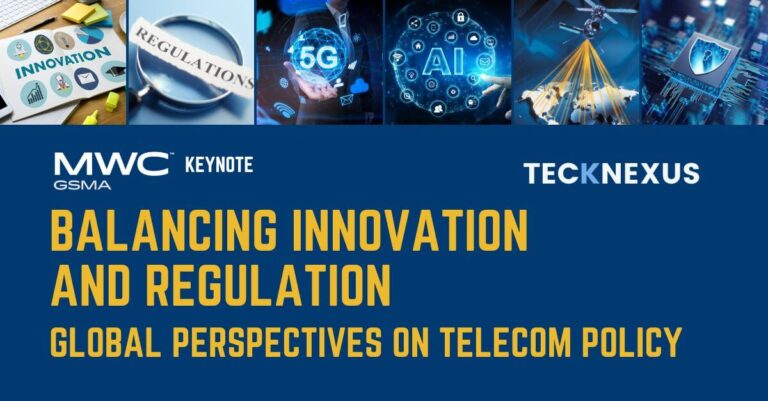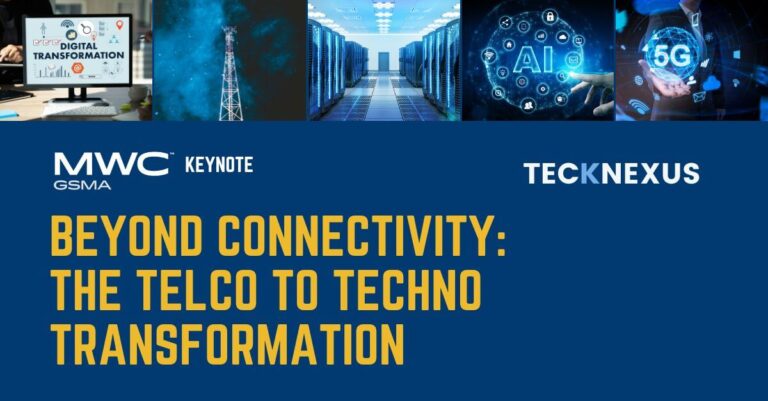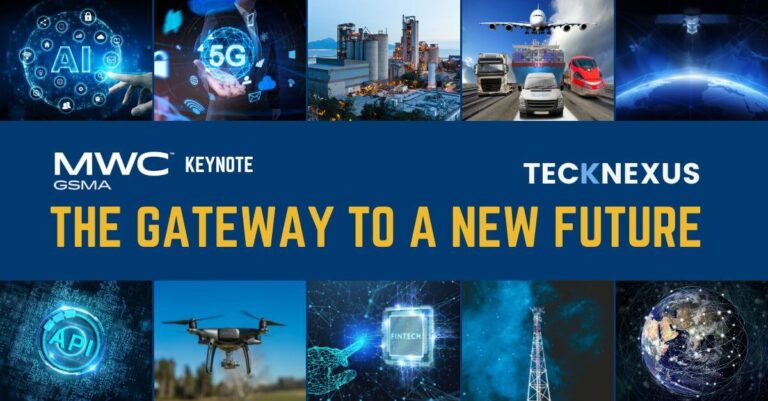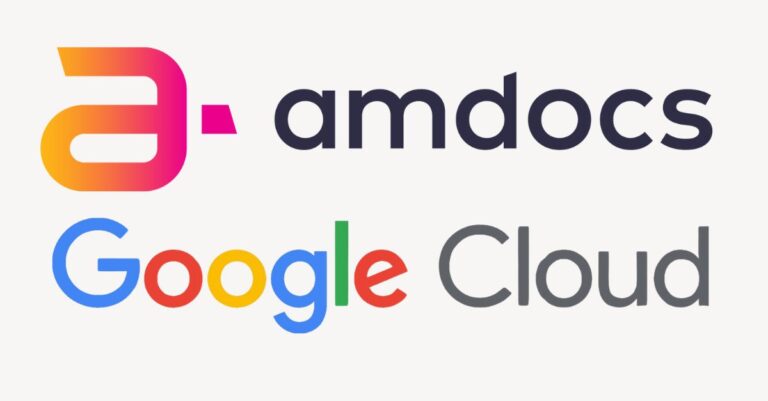Breaking New Ground: FCC’s Direct-to-Device Coverage Initiative
In a landmark decision, the Federal Communications Commission (FCC) has paved the way for a future where connectivity knows no bounds. On March 14, the FCC unanimously adopted a groundbreaking regulatory framework, heralding the world’s first setup for “supplemental coverage from space.” This initiative allows satellite operators to leverage mobile spectrum, offering satellite-to-cell coverage, a move that could drastically alter how we stay connected.
Bridging the Divide: Satellite-to-Cell in Remote and Underserved Areas
Imagine being in the most secluded part of the world yet still being able to make a call or send a text. This isn’t a scene from a sci-fi movie but the future the FCC envisions with its new framework. It’s particularly a game-changer for remote areas where traditional cellular networks dare not tread. By enabling a spectrum use framework, wireless companies can now extend their coverage, reaching subscribers through collaborations with satellite operators. This approach not only promises to enhance connectivity but could also be a lifesaver in emergencies, ensuring that help is just a call away, regardless of location.
Connecting the Unconnected: Satellite’s Role in Global Reach
The FCC’s initiative has been met with enthusiasm from across the telecommunications and satellite industries. The Satellite Industry Association (SIA) and companies like Lynk Global have lauded the FCC’s forward-thinking approach.
Tom Stroup, SIA’s president, praised the FCC for recognizing the growing significance of satellites and their role in global connectivity.
Similarly, Lynk Global’s CEO, Charles Miller, emphasized the transformative potential of satellite-to-phone technology, envisioning a world where mobile connectivity is accessible to all, potentially uplifting billions.
A New Horizon: The Fusion of Satellite and Cellular Technologies
The FCC’s Supplemental Coverage from Space (SCS) framework is a testament to the commission’s commitment to innovation. By setting the stage for satellite operators to function as a secondary service alongside Mobile Satellite Services (MSS), the FCC is ensuring that this new form of connectivity complements existing services without causing interference. This careful balancing act not only facilitates the integration of satellite and terrestrial networks but also sets a global precedent in regulatory approaches to emerging technologies.
From Space to Phone: The Future of Seamless Connectivity
As the world watches, the FCC’s bold move could inspire similar initiatives globally, closing the connectivity gaps that have long plagued remote and underserved regions. The integration of satellite and wireless services through the SCS framework marks a significant leap towards achieving universal connectivity. It promises to eliminate dead zones, provide a backup when disasters strike terrestrial systems, and, importantly, keep the U.S. at the forefront of technological innovation in the space industry.
Challenges and Opportunities: Navigating the New Connectivity Frontier
Despite the excitement, this new era of connectivity comes with its own set of challenges, including the need for stringent regulations to prevent interference and ensure the efficient use of spectrum. Moreover, as companies like SpaceX and Apple begin to explore this nascent market, questions about the technological and financial implications of deploying such services on a global scale remain.
Nevertheless, the potential benefits outweigh the challenges. With companies like AST SpaceMobile and Omnispace gearing up to launch services that could deliver everything from basic texts to high-bandwidth data directly to smartphones, the dream of universal connectivity is closer than ever. The FCC’s regulatory framework is not just a policy milestone; it’s a beacon of hope for the next billion users, promising a future where no one is left offline.
Conclusion
The FCC’s adoption of a new satellite-to-cell regulatory framework is a watershed moment for global connectivity. By facilitating the seamless integration of satellite and terrestrial networks, the FCC is not only addressing the immediate need for universal connectivity but also laying the groundwork for a future where digital inclusion is a reality, not a privilege. As this technology evolves, it will undoubtedly face hurdles, but the promise it holds for connecting the unconnected and driving global progress is immeasurable. In the grand tapestry of connectivity, the FCC’s decision is a bold stroke that could turn the dream of a fully connected world into reality.






















